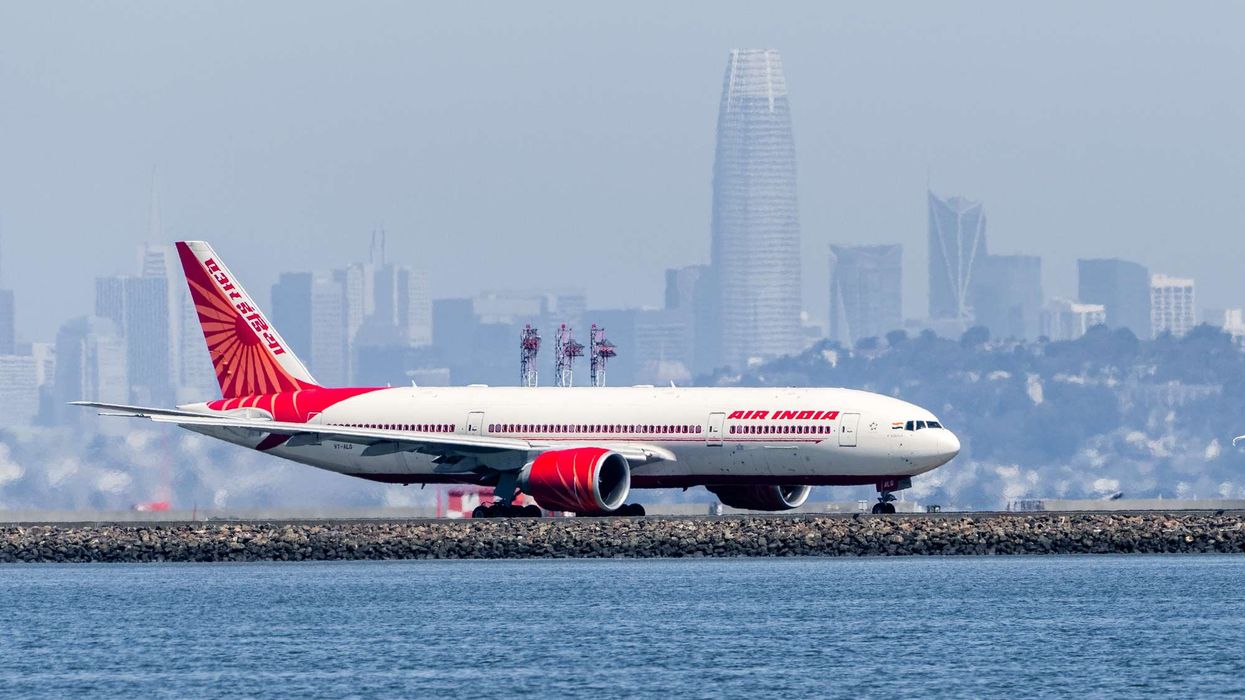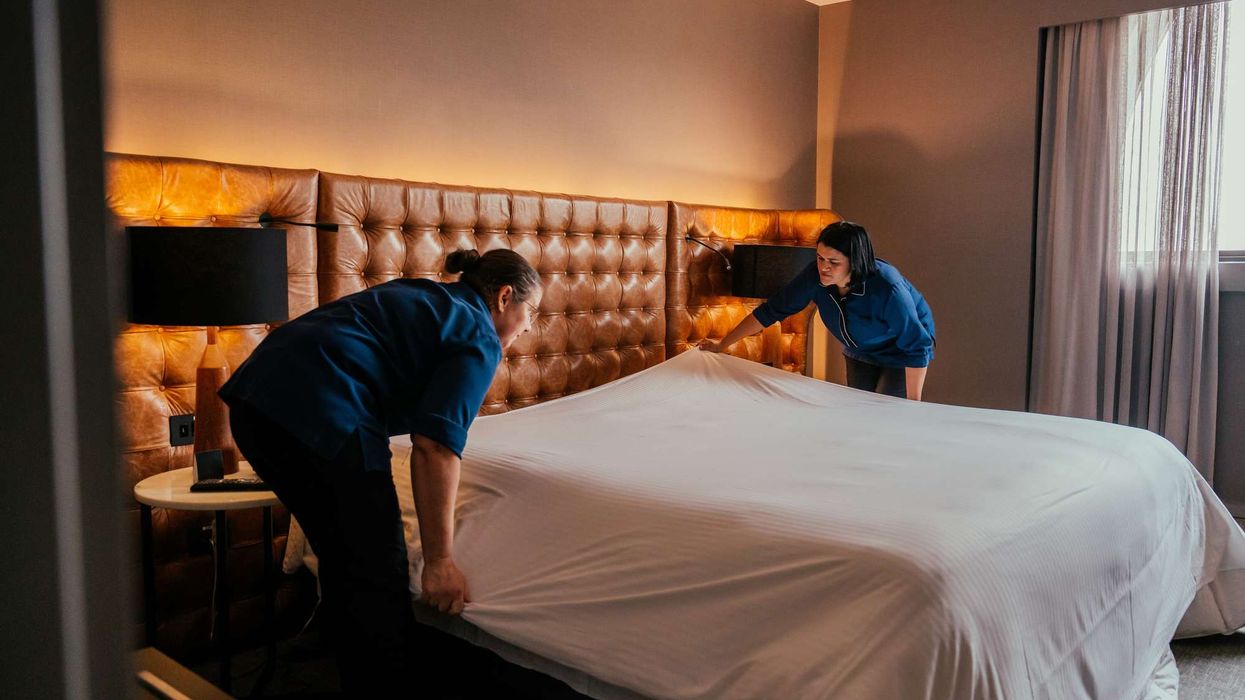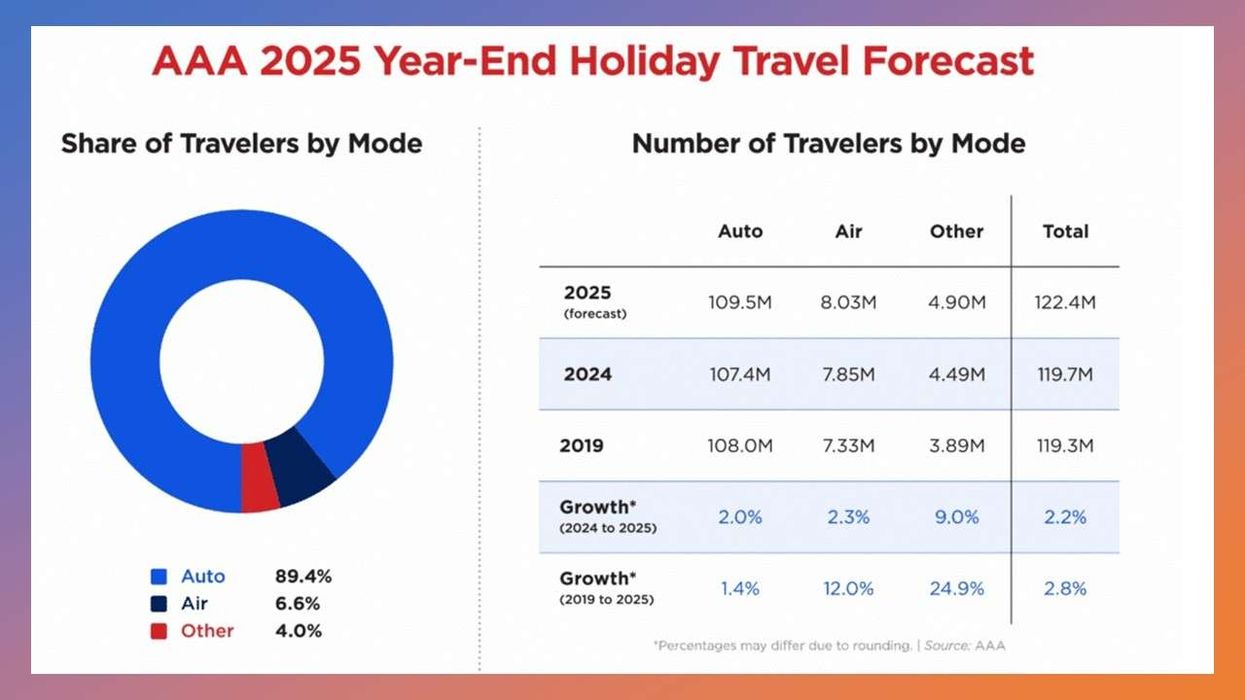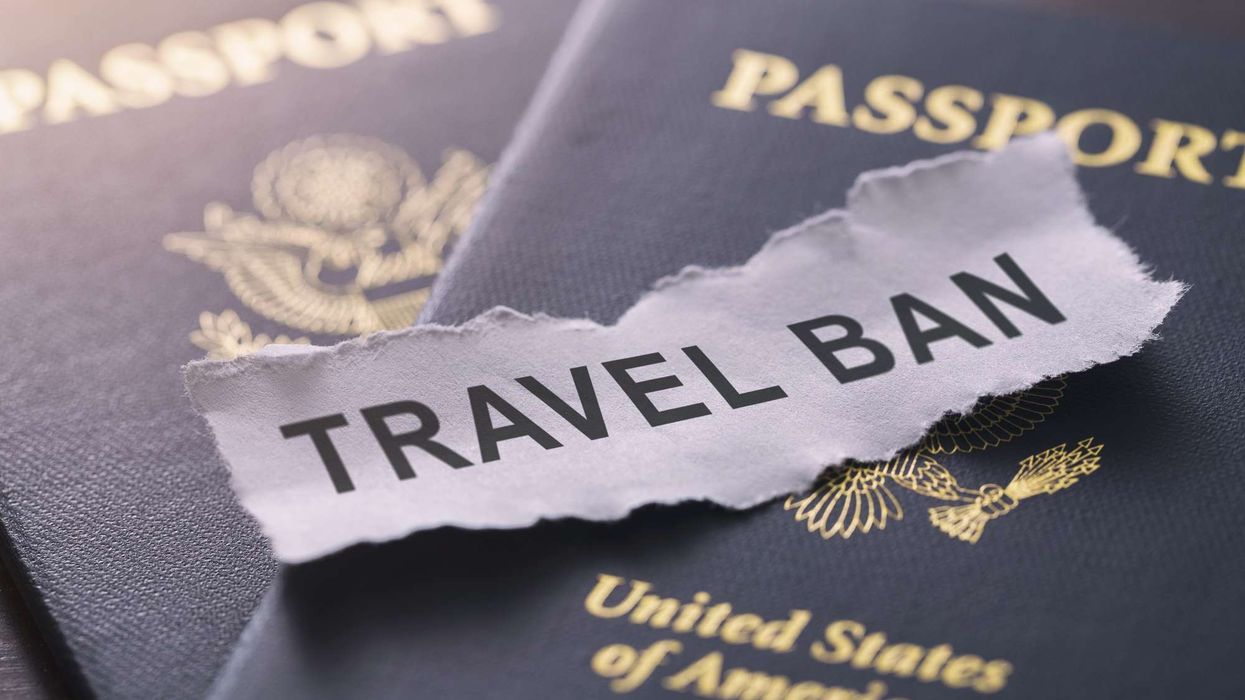Dallas Dominates U.S. Hotel Pipeline in Q1 2025
DALLAS LED THE top five U.S. markets with the largest hotel construction pipelines at the end of the first quarter, totaling 203 projects and 24,496 rooms, according to Lodging Econometrics. This marks a new all-time high, representing 9 percent project growth and 11 percent room growth year-over-year.
LE’s U.S. Hotel Construction Pipeline Trend Report found that Atlanta, with 166 projects and 19,149 rooms; Nashville, with 127 projects and 16,589 rooms; Phoenix, with 126 projects and 16,490 rooms; and Austin, with 124 projects and 14,514 rooms, all achieved new all-time highs, showing 11 percent project growth and 9 percent room growth year-over-year.
At the close of the first quarter, U.S. markets with the most projects under construction include New York with 39 projects and 7,064 rooms, Phoenix with 34 projects and 5,023 rooms, and Dallas with 31 projects and 3,706 rooms. Atlanta follows with 26 projects and 3,182 rooms, and the Inland Empire has 22 projects and 2,399 rooms under construction.
Dallas also leads with the most projects scheduled to start within the next 12 months, with 80 projects and 8,890 rooms. Following Dallas are Atlanta with 61 projects and 7,452 rooms, Nashville with 50 projects and 7,058 rooms, Austin with 47 projects and 5,347 rooms, and the Inland Empire with 46 projects and 4,652 rooms.
Dallas leads U.S. markets with the most projects in early planning, totaling 92 projects and 11,900 rooms. Atlanta follows with 79 projects and 8,515 rooms, Austin with 61 projects and 6,988 rooms, Nashville with 57 projects and 6,892 rooms, and the Inland Empire with 55 projects and 5,384 rooms.
Other notable markets include Raleigh-Durham, which reached new all-time highs with 68 projects and 8,774 rooms, and Saint Louis, with a new all-time high of 47 projects and 5,271 rooms.
In the first quarter of 2025, 138 new projects totaling 19,800 rooms were announced across the top 50 U.S. markets. The leading markets for new announcements include Dallas with 9 projects and 2,011 rooms, Austin with 9 projects and 988 rooms, and New York with 8 projects and 1,595 rooms. Following them are Nashville, Atlanta, and Denver, each with 7 projects, accounting for 996 rooms, 757 rooms, and 688 rooms, respectively.
Renovation and brand conversion activity remains strong across the U.S. at the end of the first quarter. The Washington, DC, market leads with 35 projects and 5,025 rooms. Following are Charlotte with 34 projects and 3,729 rooms, Atlanta with 33 projects and 3,709 rooms, Houston with 30 projects and 4,060 rooms, and Chicago with 28 projects and 5,742 rooms.
The U.S. saw the opening of around 161 new hotels and 18,767 rooms in the first quarter. The Atlanta market led with seven new hotels and 733 rooms, followed by Dallas with six hotels and 534 rooms, and New York with five hotels and 498 rooms.
LE analysts forecast 579 new hotels and 64,781 rooms to open across the U.S. from Q2 to Q4 2025, bringing the total to 740 new hotels and 83,548 rooms by year-end.
For the 2026 forecast, LE analysts expect 848 new hotels and 92,892 rooms to open in the U.S. by year-end. Dallas is expected to lead with 26 hotels and 2,611 rooms, followed by Atlanta with 24 hotels and 2,539 rooms. Phoenix and the Inland Empire each have 23 new hotels forecast, accounting for 3,587 and 2,207 rooms, respectively.
LE recently reported that the U.S. hotel pipeline at the end of the first quarter of 2025 totaled 6,376 projects and 749,561 rooms, reflecting a 5 percent year-over-year increase in projects and a 6 percent increase in rooms.













